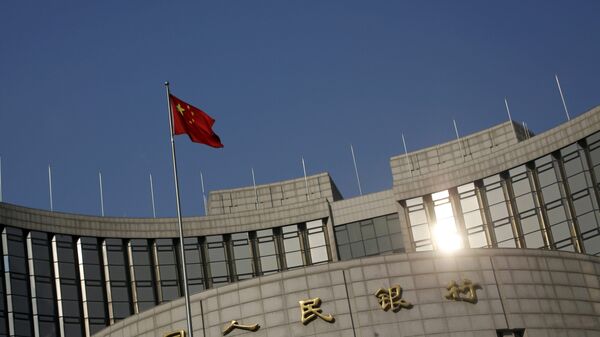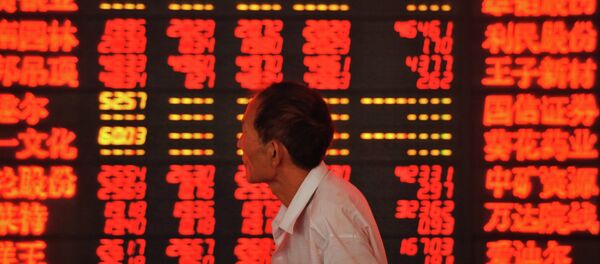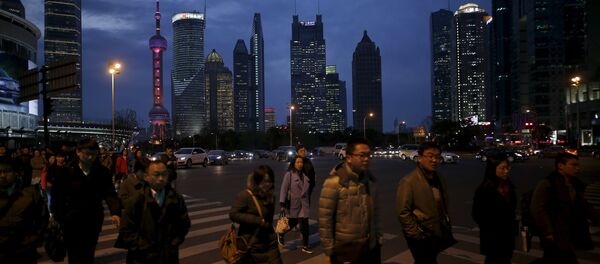Kristian Rouz — The People's Bank of China's (PBOC) efforts to spur fading growth might potentially be bringing the entire economy closer to a yet another asset bubble fallout, and the most acute risks are stemming from the real estate market situation once again. Unlike the previous real estate bubble that ravaged the Chinese economy in 2014, the rapid appreciation of the mainland's properties this time around is happening against the odds of macro fundamentals. The Chinese economy is increasingly disinvested, and capital flight is a major issue, whilst the overall pace of growth slowed to 6.7% in Q1 from 2015's average of 6.9%. However, the PBOC's policies aimed at boosting growth by adding extra money liquidity into the economy have thus far had little immediate effect as the slowdown continues.
Yet, the spillovers of central bank easing are alarmingly rife: extra liquidity ends up in the real estate pushing prices sky-high, whilst investment in the real economy is still lagging.
Property prices in mainland China gained momentum in March, with real estate in Beijing, Shanghai and Shenzhen rising the most due to the influx of central bank-provided liquidity, bolstering demand for fixed non-business assets. According to the Beijing-based National Bureau of Statistics (NBS), estate prices rose in 62 out of 70 monitored cities across the nation from only 47 in February. Prices on the same type of assets retreated only in 8 cities in March compared to 15 the previous March.
The authorities commenced their attempts to stave off a yet another estate bubble last month by implementing harsher regulations on home buying at the level of local administrations, in Shanghai and Shenzhen, in particular, yet, to little or no avail thus far.
The average hosing price added 0.85% in March compared to 0.38 the previous month.
"Although the vast majority of cities saw price gains month on month, the difference in the gains remains relatively large across cities," the NBS said in a statement, emphasizing the financial hub of Shanghai and industrial powerhouse of Shenzhen posted the greatest gains in prices.
Annualized estate sales data looks intimidating, with price of homes sold in March skyrocketing 71%, amounting at a total of $134.1 bln, suggesting the excessive PBOC-provided liquidity spurred feverish demand for properties, seen by many in China as haven assets.
Available loans thus pushed fixed-asset investment up 10.7% year-on-year in Q1, yet, as most properties are non-business assets, there is credible concern of a possible frantic selloff once the estate market peaks out oversold.
Meanwhile, the housing market bubble in mainland China is becoming an even likelier probability given the PBOC will have to further loosen its policies in the near-term in order to halt the economic slowdown. Yet, most of the freshly-available liquidity will be likely absorbed by the higher-yielding hottest segments of the market, further destabilizing the overall situation.
"The window is open as the central bank wants to boost liquidity and lower borrowing costs, but the central bank has many means — it has developed many new policy tools," Zhang Jun of Fudan University's School of Economics said.
The pickup in borrowing itself is a risk in the current Chinese situation as well, also creating additional complications for the estate sector. According to data by the International Monetary Fund (IMF), roughly 15.5% of all commercial loans issued, amounting at $1.3 trln, are held by entities or individuals lacking sufficient means of servicing and eventual repayment of their debt. Consequently, a major scale debt restructuring is also a necessity, or else the buoyant estate market expansion might end up in a domino effect crash the way it happened in the US back in 2007.



